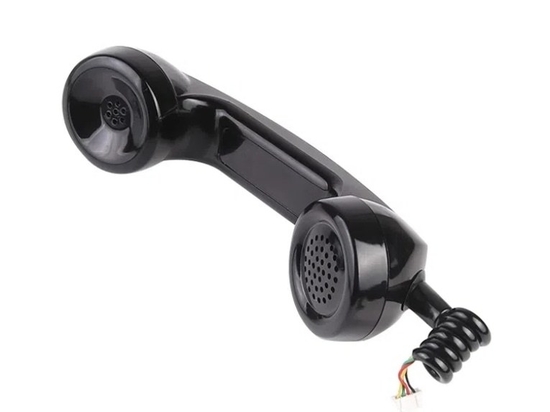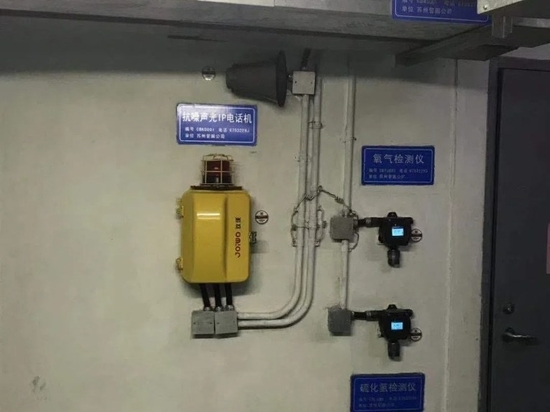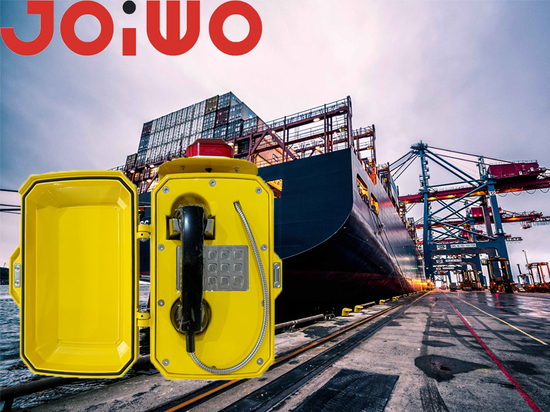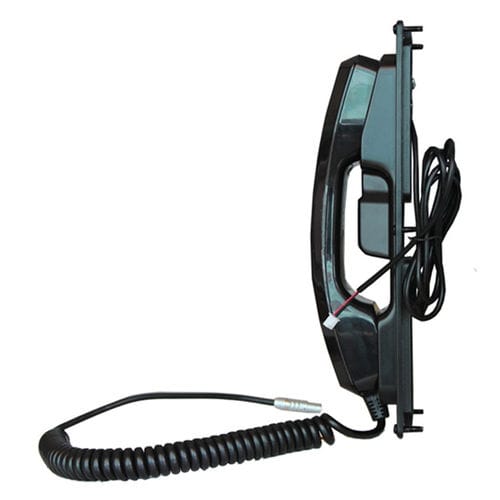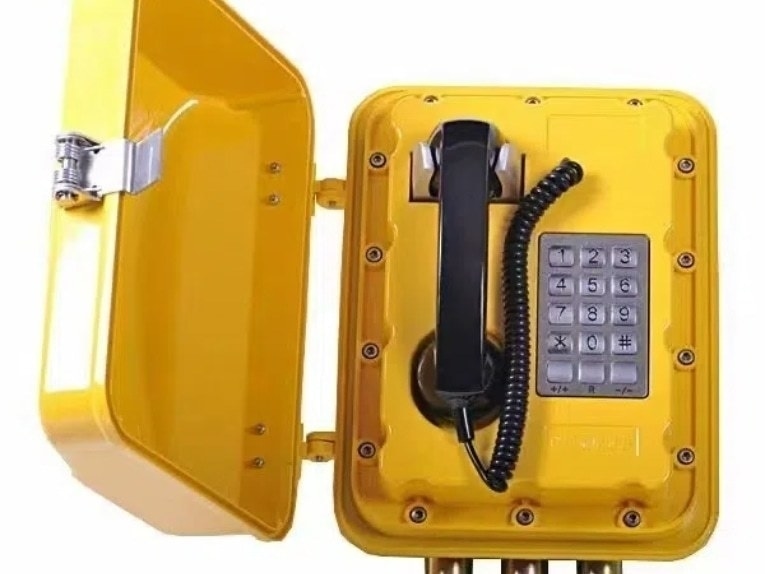
#Industry News
What are materials used for the cable reels of Push to Talk Telephone Handset ?
The cable reels of Push to Talk Telephone Handset
In the world of industrial communications, reliable and durable devices are very important.Push to Talk Telephone Handsets are often used in demanding environments such as manufacturing plants, warehouses, and military operations, and require rugged components to ensure seamless communications. One of the key components of Push to Talk Telephone Handsets is the coiled wire, which connects the handset to a dock or other device. The material selection for these coiled wires is critical to their performance, durability, and overall functionality. In this article, we will explore the different materials used in Push to Talk Telephone Handset coiled wire, focusing on coiled cord and its various compositions.
Understanding Cord Reels for Push to Talk Telephone Handset Devices
Coiled reels are designed to provide flexibility and easy mobility while maintaining a secure connection. The conventional curling part of our Coiled Cord is 250mm, the stretched state can reach 2m, and the straight part is 150mm. They are particularly useful in industrial settings where users may need to move around while using their handset. Coiled cable designs allow for a certain amount of stretch and retraction, making the cable easier to manage without tangling or getting stuck.
The materials used in the construction of these coils play a major role in their performance. Factors such as tensile strength, flexibility, resistance to environmental conditions, and overall durability are crucial in selecting the right material for industrial applications.
Commonly used materials for coils
1. PVC (Polyvinyl Chloride)
PVC is one of the most common materials used for reeling cables in Push to Talk Telephone Handset devices. It is known for its excellent electrical insulation properties, making it a safe choice for communications equipment. PVC is also resistant to abrasion, chemicals, and moisture, which is critical in industrial environments that are often exposed to harsh conditions. Additionally, PVC is relatively lightweight and cost-effective, making it a popular choice for manufacturers.
2. PU (Polyurethane)
Polyurethane is another material used for coiled wire, especially in applications where flexibility and elasticity are critical. Polyurethane wires are known for their excellent elasticity, stretching and shrinking without losing their shape. This makes them ideal for environments where wires may be frequently moved or bent. In addition, polyurethane is resistant to oils, chemicals, and UV rays, enhancing its durability in industrial environments.
3. Hytrel
Hytrel is a special type of wire commonly used for reeling in industrial mobile handsets. This material is known for its high tensile strength and resistance to abrasion. Hytrel Wire is particularly useful in applications where the wire may be exposed to extreme conditions, such as high temperatures or high mechanical stress. Its rugged properties ensure that the reeled wire will maintain its integrity over time, providing reliable performance in demanding environments.
4. Cold-resistant PVC
Cold-resistant PVC is an excellent choice for coiled wire in industries that require low temperatures. This material is specifically designed to maintain its flexibility and performance even in cold conditions. Cold-resistant PVC is ideal for outdoor applications or environments with frequent temperature fluctuations. By using this material, manufacturers can ensure that their industrial handpieces will remain functional and reliable no matter what the weather conditions.
The role of coiled cord in winding
The Coiled cord is a critical component in the construction of industrial handpiece cord reels. It provides the necessary tension and elasticity to allow the cord to extend and retract effectively. The quality of the coiled cord used can significantly affect the overall performance of the reel.
The Coiled cord is typically made from high carbon steel or stainless steel, which provides excellent tensile strength and durability. The wire is coiled into a spiral, forming the typical design of a coiled wire. The choice of coiled cord material may vary depending on the specific requirements of the application, such as resistance to corrosion, temperature fluctuations, and mechanical stress.
Our company's expertise in industrial mobile handsets
Our company specializes in the production of military and industrial mobile handsets, cradles and related accessories. Our commitment to quality and innovation drives us to use the best materials to produce our products, ensuring they meet the rigorous demands of industrial applications.
We understand that the performance of Push to Talk Telephone Handset devices depends largely on the quality of their components, including the cable reel. Therefore, we prioritize the use of high-quality materials such as PVC, PU,Hytrel and cold-resistant PVC in our cable reel designs. Our products are carefully designed to withstand the challenges of industrial environments, providing customers with reliable communication solutions.
In conclusion
The material used in the reel of Push to Talk Telephone Handset devices plays a vital role in its performance and durability. With options such as PVC, PU, Hytrel, and Cold-resistant PVC, manufacturers can tailor their products to meet the specific needs of each industry. As communications technology continues to advance, the importance of high-quality components remains paramount.
Our company is dedicated to providing top-quality Push to Talk Telephone Handsets and accessories that stand the test of time. By focusing on the finest materials and innovative designs, we ensure our products deliver exceptional performance in even the most demanding environments. Whether you're in the military, manufacturing, or any other industrial field, you can trust our handsets to keep you connected and running.


